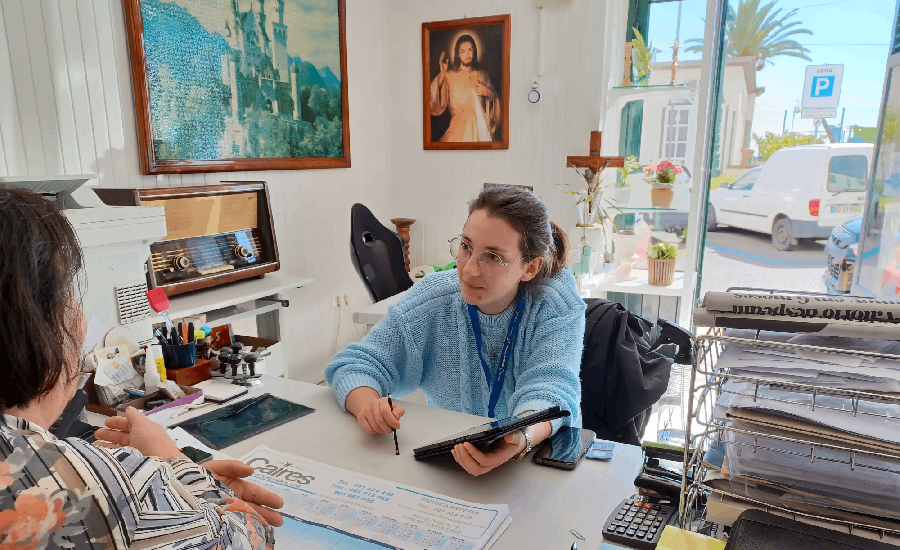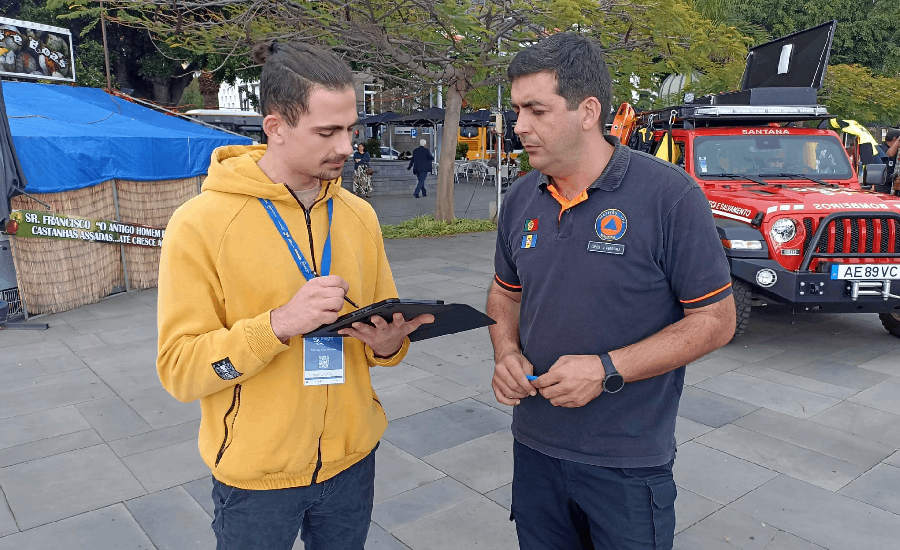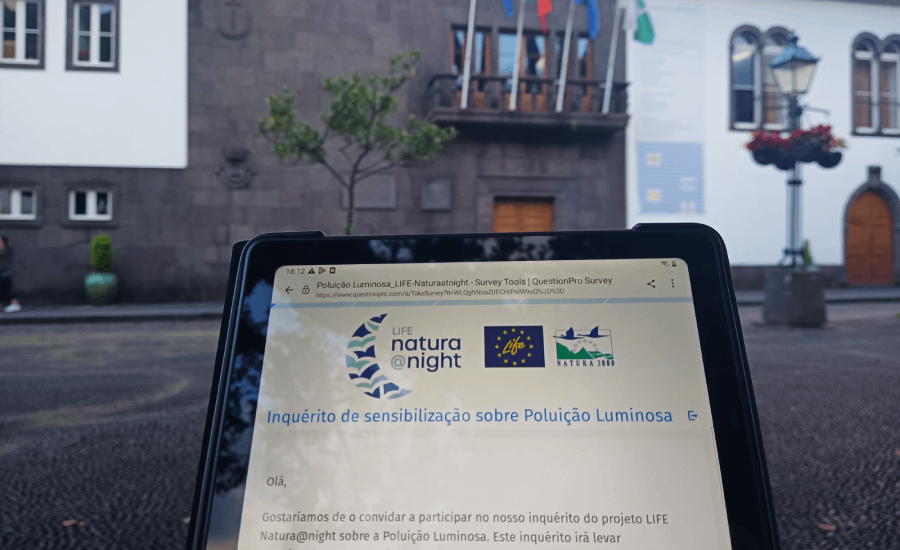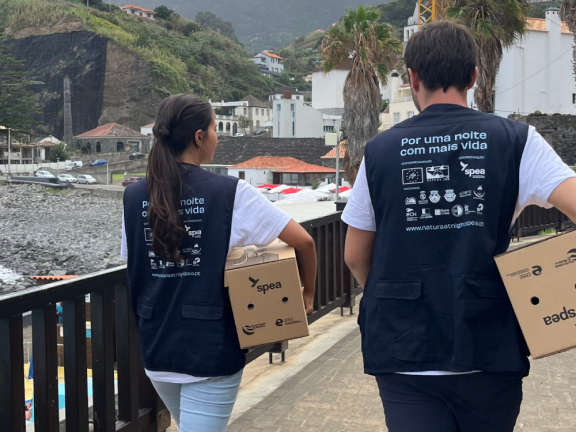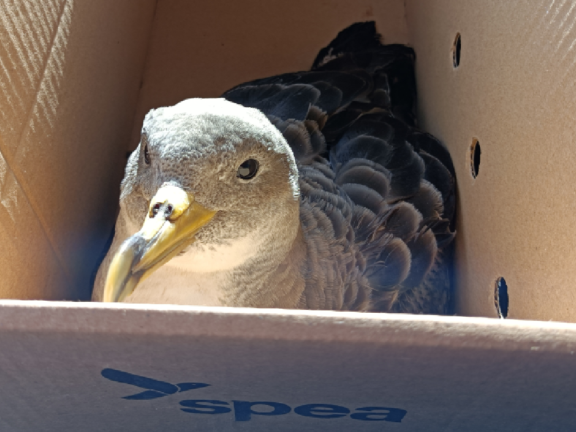Throughout 2022 and 2023, light pollution surveys were carried out in the archipelagos of Madeira, the Azores and the Canary Islands, exposing the population’s awareness and concern about the impacts of this threat to nocturnal biodiversity.
People are clearly aware of the impact of artificial light on nocturnal animals and want to change that, even if it means making some changes to their lives – Tânia Costa, SPEA Madeira Technician
The results of the 2207 respondents point to strong community support for bold measures in the fight against light pollution. A significant majority of 87 per cent expressed support for reducing street lighting in their streets between midnight and 6am, a period considered to have the lowest use of public lighting. This suggests that people are willing to adjust their habits to combat light pollution.
Furthermore, 92% of participants recognise that artificial light has a negative impact on seabirds such as Cory’s shearwaters. Surprisingly, 94% claim to have saved or be willing to save seabirds disorientated by excessive lighting. In addition, 77 percent of respondents agree that protected areas should be preserved without artificial lighting.
It is hoped that the results of this survey will motivate local and regional governments and other stakeholders to step up their efforts against light pollution. Public awareness is clear, and the expectation is that concrete changes will occur that significantly reduce this threat.
